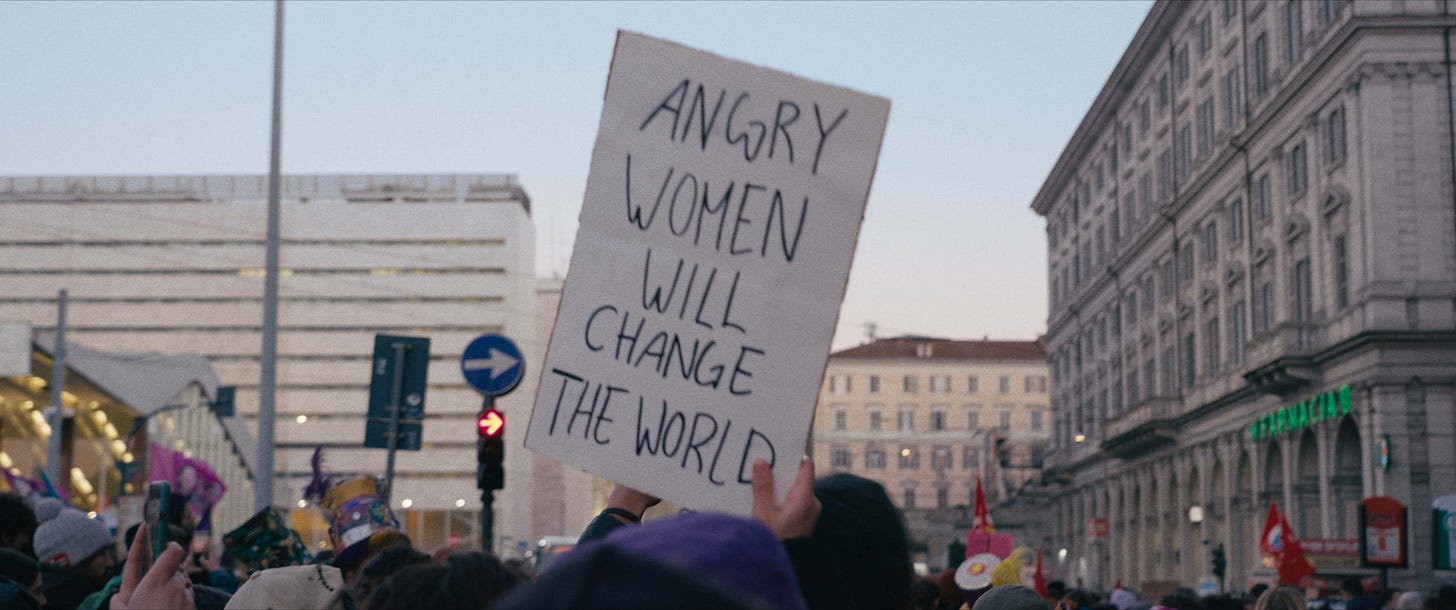New film looks at challenges European people face with abortion, IVF and euthanasia
Stray Bodies will be featured at the Hot Docs Canadian International Documentary Festival in April
A new documentary looks at the state of abortion rights in some European countries dominated by Catholicism.
Stray Bodies, directed by Elina Psykou, follows several women who cross borders to get reproductive care. The film focuses on in vitro fertilization, abortion, and euthanasia.
“Abortion and euthanasia and IVF was, for me, a way to talk about our body and the freedom of our body,” Pyskou said. “So I use these topics to talk about a more general topic, which is the freedom of expression and the freedom of our body.”
It begins in Malta, where a doctor can get four years in prison for prescribing abortion medications. It features Rebecca Gomperts, founder of Aid Access, an international abortion rights organization that provides medical care as well and uses robots to distribute the pills to people there.
It’s interesting to see how the abortion debate unfolds in these countries and how the same rhetoric and schisms that we see here in America are found throughout the European Union. The most significant difference is the makeup of the religious population. In many countries, like Malta, Italy, and Ireland, the Catholic population approaches or surpasses 90 percent of the total. So abortion is a hot-button issue because of the Vatican’s treatment of the topic. Antiabortion activists in Europe also liken the procedure to genocide, much like their American counterparts.
In Malta, abortion isn’t permitted, even in circumstances involving rape or if the health of the mother is in question. In Italy, they can get abortions in clinics and hospitals. However, the documentary implies that some interview subjects had heard about back-alley procedures. In Sicily, women can be ripped off by illegal abortionists charging far too much money.
To get IVF, women must cross borders. Italy forbids IVF treatment for single women. Many go to Greece to get treatment. This has to do with church leadership believing that personhood begins at conception. Thus, legal protections for embryo storage and destruction don’t exist. One 39-year-old woman made nine trips over five years, taking more than 700 pills and 250 injections. It’s called procreative tourism.
“There are a lot of single women, but also a lot of couples who travel and do this kind of tourism,” Pyskou said. And, of course, from this kind of tourism, there are a lot of people who gain a lot of money.”
One of the more fascinating scientific points deals with genetics. Sperm banks that Italian women use generally tend to be from more Mediterranean men than Italian because the IVF facilities are located in Greece. The women in the movie discuss the features they want in a donor–hair and eye color, skin tone, and height, among other traits. Predictably, there is a socioeconomic gap between those who can get IVF treatment and those who can’t. One male activist charged that this promotes ableism because it permits a form of eugenics, which he said was similar to what the Nazis employed.
In Italy, officials have promoted reproduction by establishing a Fertility Day and by creating posters with women holding an hourglass to symbolize the biological clock. Despite that, the politicians have enacted a policy against IVF.
“So there is a contradiction,” Psykou said. “From one point, they want more kids but don't want these kinds of kids.”
The movie contains footage of people undertaking euthanasia and preparing for abortion and IVF treatment. It takes place in Switzerland, where people go to get help dying. About 1,000 people partake in euthanasia a year there.
Overall, it gives American viewers a glimpse of many of the shared challenges that European women face. It’s timely.
The movie will be featured at the Hot Docs Canadian International Documentary Festival in April. They are currently looking for an American distributor or streaming service.






